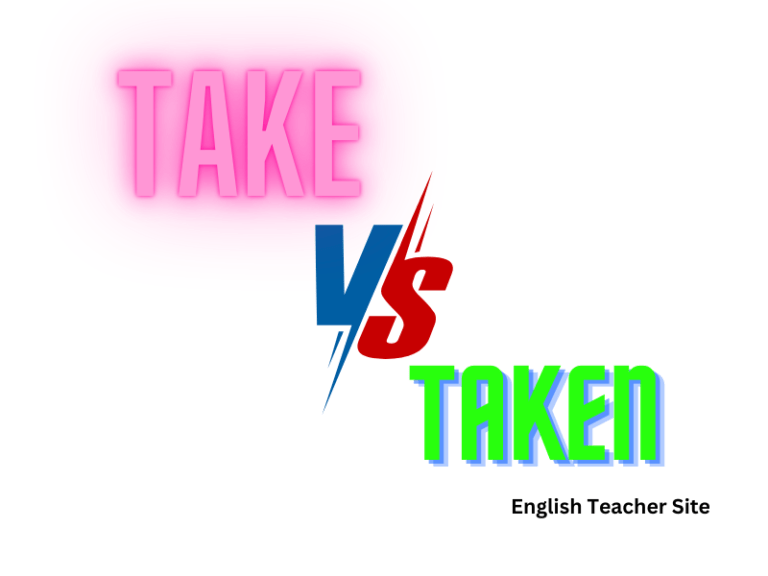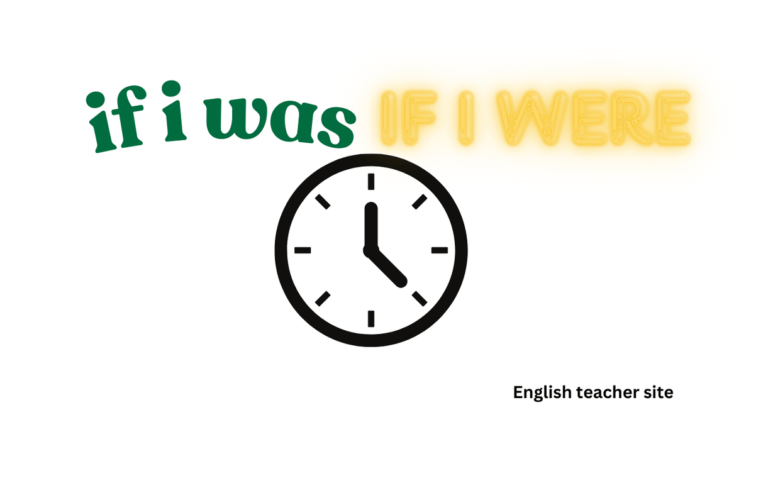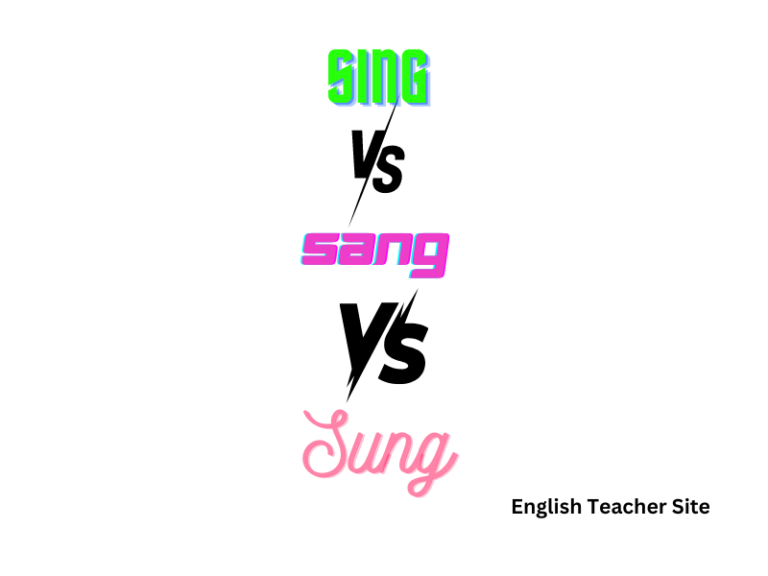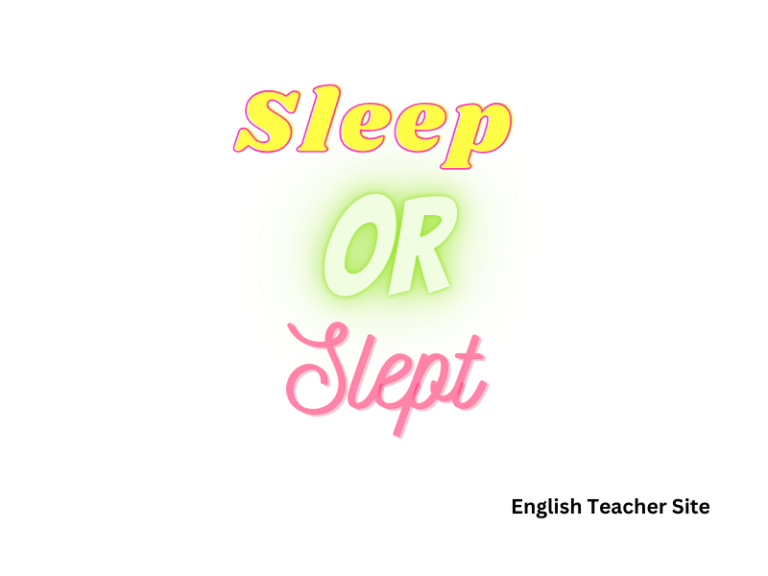What’s the Past Tense of Lead: Understanding Verb Conjugations

- The verb “lead,” similar to “read,” changes pronunciation but not spelling when used in different tenses.
- “Led” is the sole past tense form of the verb “lead,” despite common misusage.
- Understanding verbs like “lead,” with an irregular past tense form, is essential for proper English grammar.
The correct past tense of “lead” is “led,” rhyming with “red.” This simple, three-letter word is where some of the English language’s complexities surface, revealing the idiosyncrasies within what appears straightforward. Knowing how to navigate these irregularities empowers effective and accurate communication, particularly in written contexts.
Understanding Leap Verb Forms
The verb “lead” can often cause confusion due to its pronunciation and distinct past tense form.
The correct past tense of “lead” is “led”. This simple past tense form is used for actions that were completed in the past. Here, we’ll dissect the various forms of the verb “lead” to avoid common errors and solidify understanding.
The verb “lead” in its infinite form (unconjugated) suggests guiding or being in a position of authority. It is pronounced as /liːd/, rhyming with “bead”. However, its pronunciation changes in the past tense to /led/, which rhymes with “bed”.
Verb Forms of “Lead”
Here are two tables illustrating the main forms of the verb “lead”:
Table 1: Basic Verb Forms
| Verb Form | Example |
|---|---|
| Infinitive | to lead |
| Simple Past | led |
| Past Participle | led |
Table 2: Present Tense Conjugations
| Subject | Present Tense |
|---|---|
| I / You / We / They | lead |
| He / She / It | leads |
- The base form “lead” is consistent for plural pronouns.
- For third-person singular subjects, “lead” takes an “s” to become “leads”.
- Despite “led” being both the simple past and the past participle form, context dictates its use.
What’s the Past Tense of Leap: Leaped or Leapt?
Choosing the correct past tense of the verb “leap” can be confusing for both native and non-native English speakers. Whether to use “leaped” or “leapt” largely depends on the dialect of English being used.
Leap in Present Simple
Leap is a verb that implies a large jump or a sudden transition from one point to another. It’s used both literally and figuratively in a variety of contexts.
- Example: She leaps over obstacles with ease.
Leaped/Leapt in Past Simple
Both “leaped” and “leapt” are historically accepted as the simple past tense form of “leap.”
| American English | British English |
|---|---|
| leaped | leapt |
- Example: He leaped/leapt across the brook.
Leaped/Leapt as Past Participle
As with the past simple, “leaped” and “leapt” serve as the past participle.
- Used with “have”: They have leaped/leapt into action.
- Example: The decision has leaped/leapt to the forefront of their discussions.
Synonyms for Leap
As an exploration of the English language, it’s intriguing to consider the variety of synonyms available for the verb “leap.” Each synonym carries its own nuances and contexts where it may be more appropriate to use. Let’s examine some alternatives and their slight variations in meaning.
Boldly Moving: When an individual makes a bold or large jump, “vault” and “spring” are two synonyms that convey the sense of a powerful, energetic motion.
- Vault implies an assisted jump, as over an obstacle.
- Spring suggests a sudden, swift leap.
Table 1: Energetic Synonyms
| Synonym | Connotation |
|---|---|
| Vault | An assisted, often large, leap over |
| Spring | A sudden and swift leap |
Subtle Motions: For smaller, more graceful movements, “hop” and “skip” are fitting choices.
- Hop conveys a light jump, usually on one foot or with both feet together.
- Skip involves a step and a hop, repeated alternatively with each foot.
Table 2: Graceful Synonyms
| Synonym | Connotation |
|---|---|
| Hop | A light jump, usually on one foot or both feet together |
| Skip | A step followed by a hop, alternating between feet |
Athletic Actions: The words “bound” and “surge” are synonymous with leap but often used in more athletic contexts.
- Bound refers to a leap made with the intention of covering distance with each jump.
- Surge suggests a powerful forward movement, a kind of dynamic leap.
In the list of synonyms for “leap,” one will find expressions suitable for a variety of contexts. Whether it’s a bounding deer or the subtle hopping of a rabbit, the English language provides a richness of terms, each with its specialized connotations. Consider the precise movement you wish to describe and select a synonym that best captures the essence of that leap.
The Etymology of Leap
Tracing its origins provides insight into how the English language evolves and adapts over time. It’s essential to understand etymology to grasp the full spectrum of a word’s usage and variation.
Origins of the Word:
The word “leap” stems from the Old English word “hleapan” which means to jump or spring a distance in one bound. Over time, the spelling and pronunciation have been modified, leading to the current term “leap.”
Past Tense Variations:
The past tense of leap has two standard variations: “leaped” and “leapt.” Both forms are correct and used in different contexts or dialects.
| British English | American English |
|---|---|
| leapt | leaped |
The use of “leaped” or “leapt” does not change the meaning of the word but often reflects regional language preferences. “Leaped” is more commonly used in American English, while “leapt” is preferred in British English.
Here is a brief etymological breakdown:
- Old English: hleapan (to jump)
- Middle English: lepen
- Modern English: leap
Pronunciation Evolution:
- Old English: /ˈhlæ̂ɑ̯pɑn/
- Contemporary English: /liːp/
Changes Over Time:
- The original form “hleapan” has undergone significant phonetic changes.
- The transition from Middle to Modern English also influenced the spelling.
Source
Etymology online, Origin of lead.
My name is Khamis Maiouf. I am the creator of the English Teacher Site, dedicated to providing valuable resources and insights for students around the world. With a passion for education and a commitment to helping students enhance their skills, I aim to make English teaching more effective and enjoyable for both educators and students.






